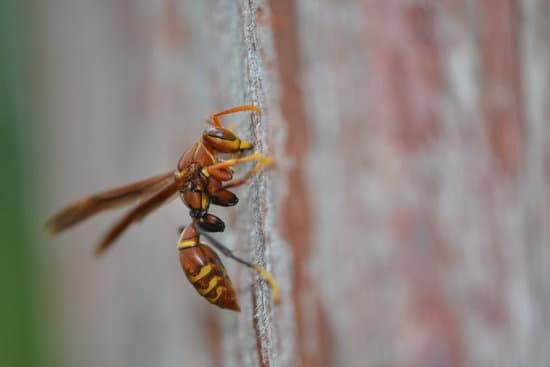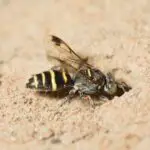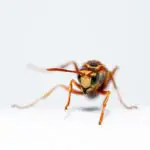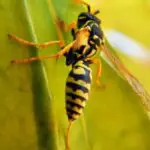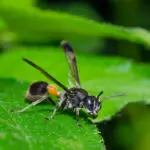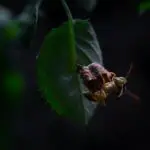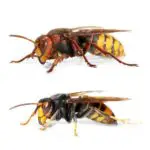How Did Wasps Get to New Zealand?
Thousands of wasps are damaging the environment of New Zealand. They are stealing honey from beehives, killing honey bees, and disrupting recreational activities. They are also a health hazard. They pack a venomous sting that can cause an allergic reaction.
Vespula wasps are New Zealand’s most invasive invertebrate pest. They have been in the country for over 100 years. Their nests are constructed out of regurgitated woody material. These insects are highly efficient foragers. They also easily adapt to new environments.
Vespula and common wasps are native to Europe, Asia, and North Africa. They can be found in coastal and urban areas. Common wasps prey on young chicks and invertebrates. They are also voracious breeders. These wasps are found in large numbers in many of New Zealand’s native forests.
There are several different types of introduced wasps in New Zealand. The common wasp is the most prevalent wasp in New Zealand’s honeydew forests. It is also a major agricultural pest. In fact, it is destroying eight to nine percent of honeybee hives in New Zealand every year. The honey industry is important to New Zealand.
The German wasp is also an invasive species in New Zealand. Its appearance is very similar to the common wasp. However, it is not as aggressive as the common wasp. In fact, German wasps are a health hazard. They have no natural enemies to control them. In addition, they eat a massive amount of insects. This has a huge impact on the economy and the environment.
